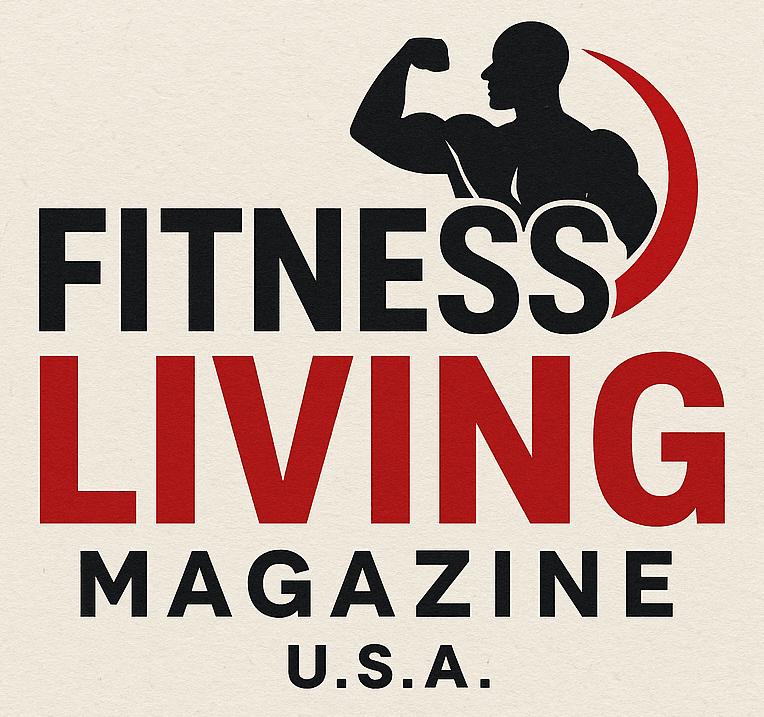Unlock the transformative power of specialized fitness programs designed for chronic health conditions. Discover how expert trainers at Pivot Pilates tailor rehabilitation and exercise to improve mobility, manage pain, and enhance life quality for clients with diverse health challenges. Whether you or a loved one face chronic illness, learn how personalized, compassionate fitness care is changing lives today.

Overview of Fitness for Chronic Health Conditions
- Definition and importance of fitness for chronic health conditions: Fitness for chronic health conditions refers to targeted physical activity programs designed to help individuals manage, rehabilitate, and improve physical function amid ongoing medical challenges such as arthritis, neurological disorders, diabetes, and cardiovascular diseases.
- Common chronic health issues addressed through specialized fitness programs: These include mobility impairments, chronic pain, respiratory limitations, and neurological conditions like multiple sclerosis and Parkinson's disease.
- Role of rehabilitation in improving quality of life: Rehabilitation fitness focuses on safe, gradual strengthening, flexibility, and endurance training that reduces symptoms, increases independence, and supports emotional wellbeing.
Fitness for chronic health conditions isn't just about exercise—it's a vital component of holistic health strategies. By addressing physical function and symptom management, such programs empower clients to live fuller, more active lives. As Jena Wilford from Pivot Pilates highlights, “Our instructors look at each person individually, develop a plan individualized to them, and then help that person achieve whatever their goals are, whether it’s lower pain, better health, or improved mobility.”

The Unique Approach of Experienced Trainers in Chronic Health Fitness
Experienced fitness trainers working with clients facing chronic health conditions emphasize a uniquely personalized and safety-driven approach. Unlike conventional fitness trainers, they carry specialized certifications, including rigorous international accreditation such as Balanced Body certification, which ensures advanced knowledge and practical skills in rehabilitative exercise.
- Personalized training plans tailored to individual health needs: Each client receives a program designed around their medical history, physical limitations, and personal goals, including pain reduction, mobility enhancement, or disease-specific needs.
- Extensive qualifications and certifications of trainers: Trainers undergo years of education, specialized training, and continuous professional development to competently assist clients with complex health challenges.
- Focus on client safety and injury prevention: Specialized trainers prioritize monitoring technique and adapting exercises to prevent injury, ensuring safe progression throughout rehabilitation.
As Jena Wilford notes, “Our trainers didn’t just walk into some studio, follow a trainer for six weeks, and then get a year-blessed teach. They truly have to know, they have to test out of each section before they can move on to the next.” This dedication ensures fitness programs for chronic health conditions are delivered with expert care and efficacy.

Benefits of Specialized Fitness Programs for Chronic Health Conditions
| Aspect | General Fitness Programs | Specialized Chronic Health Fitness Programs |
|---|---|---|
| Program Personalization | Standard workouts with limited adaptation | Individualized plans reflecting medical history and needs |
| Trainer Qualifications | General fitness certification | Specialized certifications in rehabilitation and chronic illness |
| Safety and Monitoring | Group-based with less one-on-one oversight | Close attention to technique, injury prevention, and progression |
| Outcomes | General fitness gains | Improved mobility, pain management, and quality of life |
- Improved physical function and pain management: Specialized programs directly target impairments and symptom relief through controlled movement therapy and strength building.
- Enhanced emotional and social well-being: Focused fitness settings foster supportive communities, reducing isolation often experienced by those with chronic conditions.
- Long-term health maintenance and rehabilitation support: Continuing care approaches enable clients to sustain and build upon gains, preventing decline or relapse.

Expert Insights: What Sets Pivot Pilates Apart in Fitness for Chronic Health Conditions
Pivot Pilates, led by trainer Jena Wilford, distinguishes itself through small class sizes, expert-led instruction, and an inclusive environment that embraces clients of all ages and health statuses. “We have clients ranging from 18 to their 80s, including those on dialysis and with neurological disorders. Our trainers are Balanced Body accredited, requiring at least two years of rigorous certification,” Jena shares.
- Small class sizes ensuring individualized attention: Classes are capped at four for apparatus sessions and eight for mat sessions, enabling personalized corrections and adaptations.
- Experienced trainers with backgrounds in rehabilitation and chronic health: Trainers possess both personal experience and formal education in managing complex health conditions.
- Inclusive environment welcoming diverse client needs: No medical issue is too complex; clients feel valued and supported, promoting sustained engagement and improved outcomes.

Common Misconceptions About Fitness for Chronic Health Conditions
- Fitness is only for the young and healthy – Not true; adaptive programs allow all ages and conditions to participate safely.
- Group classes cannot accommodate special health needs – Specialized small classes ensure modifications and safety for chronic health clients.
- Technology is essential for effective fitness programs – Personalized attention and expertise often outweigh reliance on technology in rehabilitation fitness.
Jena Wilford counters a common notion: “It’s not technology that makes a boutique gym special, but the individualized attention you can’t get from corporate gyms focused on profits.” This perspective underlines the value of human connection and tailored training in achieving meaningful health improvements.

Actionable Tips for Choosing the Right Fitness Program for Chronic Health Conditions
- Evaluate instructor qualifications and certifications: Seek trainers with specialized certifications in rehabilitation and chronic health care.
- Seek gyms offering personalized assessments and tailored plans: Avoid one-size-fits-all programs; ask about individualization protocols.
- Consider class sizes and the level of individual attention: Smaller classes or one-on-one sessions provide safer and more effective rehabilitation.
- Look for community and emotional support within the gym environment: A friendly, inclusive atmosphere enhances motivation and emotional wellbeing.

What You'll Learn
- How experienced trainers customize fitness for chronic health conditions with personalized, expert care.
- The critical importance of trainer qualifications and client-focused attention in rehabilitation programs.
- Key benefits of specialized fitness programs, including improved mobility, pain reduction, and community support.
- Practical advice on identifying and choosing quality fitness programs tailored for chronic illness and rehabilitation.

Frequently Asked Questions (FAQs) About Fitness for Chronic Health Conditions
- Q: What types of chronic health conditions can benefit from specialized fitness? A: Conditions like arthritis, multiple sclerosis, spinal cord injuries, COPD, diabetes, and neurological disorders benefit greatly from tailored fitness programs focused on safety and gradual improvement.
- Q: How do trainers ensure safety during rehabilitation exercises? A: Trainers with specialized certifications conduct thorough assessments and continuously monitor form and client feedback, modifying exercises to avoid injury.
- Q: Are small class sizes necessary for effective chronic health fitness? A: Yes, smaller classes allow trainers to provide individual attention, adjust exercises, and ensure each client’s safety and progress.
- Q: Can fitness programs improve emotional well-being for chronic health clients? A: Absolutely, the social support and accomplishment experienced in specialized fitness settings can reduce isolation and improve overall mood and quality of life.

Key Takeaways
- Experienced trainers are vital to successful fitness for chronic health conditions, providing expert, individualized care.
- Personalized, client-centered approaches yield better health outcomes and long-term rehabilitation success.
- Certification and ongoing education ensure trainers remain at the forefront of chronic health and rehabilitation fitness.
- Community support and emotional connection within fitness programs promote sustained engagement and wellbeing.

Conclusion
Jena Wilford of Pivot Pilates sums it up perfectly: “Our ideal member is anyone who wants to feel better than they do today. Fitness for chronic health conditions is about caring for the whole person, not just the physical.”
- Choosing the right fitness for chronic health conditions program can profoundly impact rehabilitation and chronic illness management.
- Experienced trainers with specialized certifications and a compassionate, individualized approach are essential for safe and effective fitness.
- Investing in quality fitness services supports not only physical health but also emotional and social wellbeing, empowering clients to live fuller lives.

 Add Row
Add Row  Add
Add 



Write A Comment